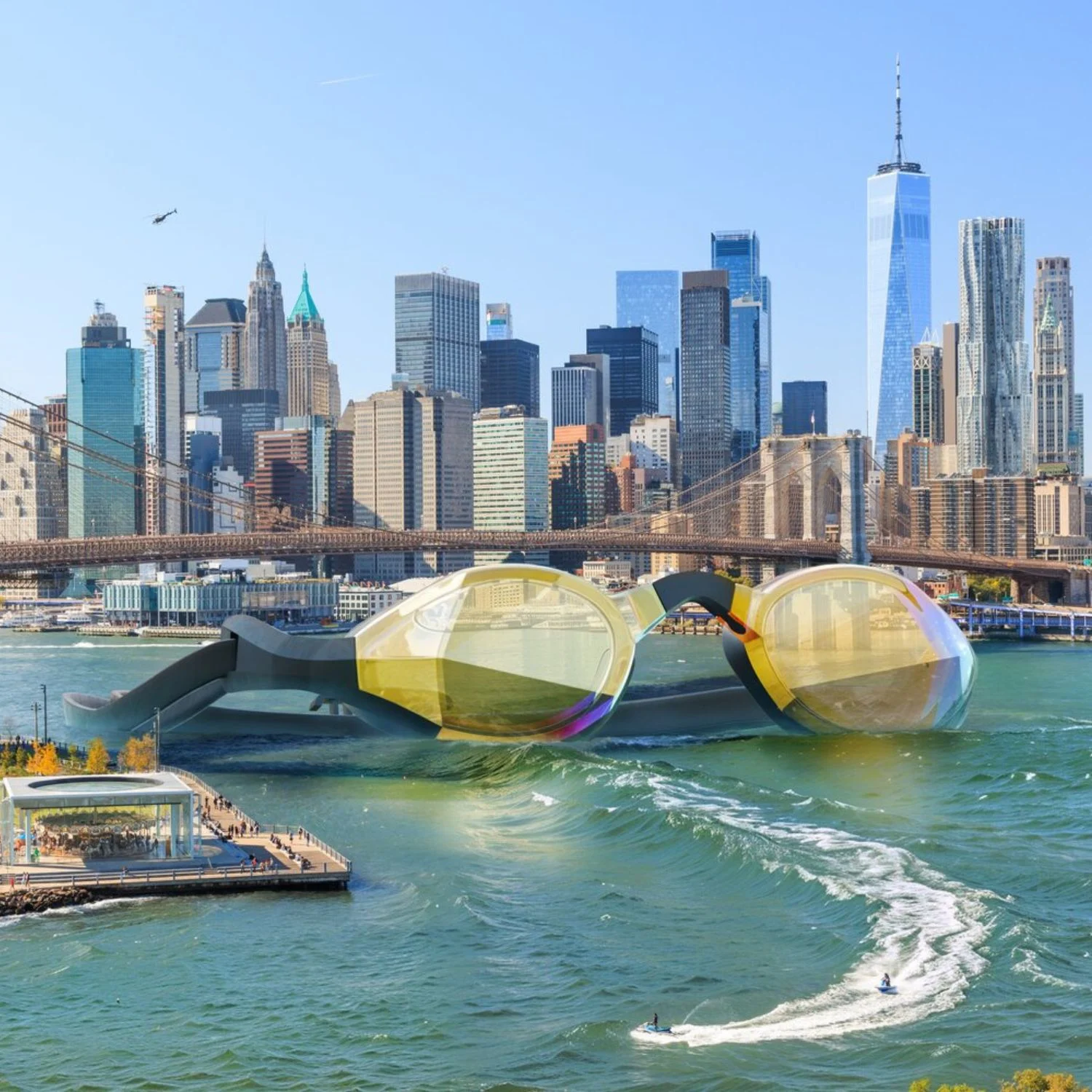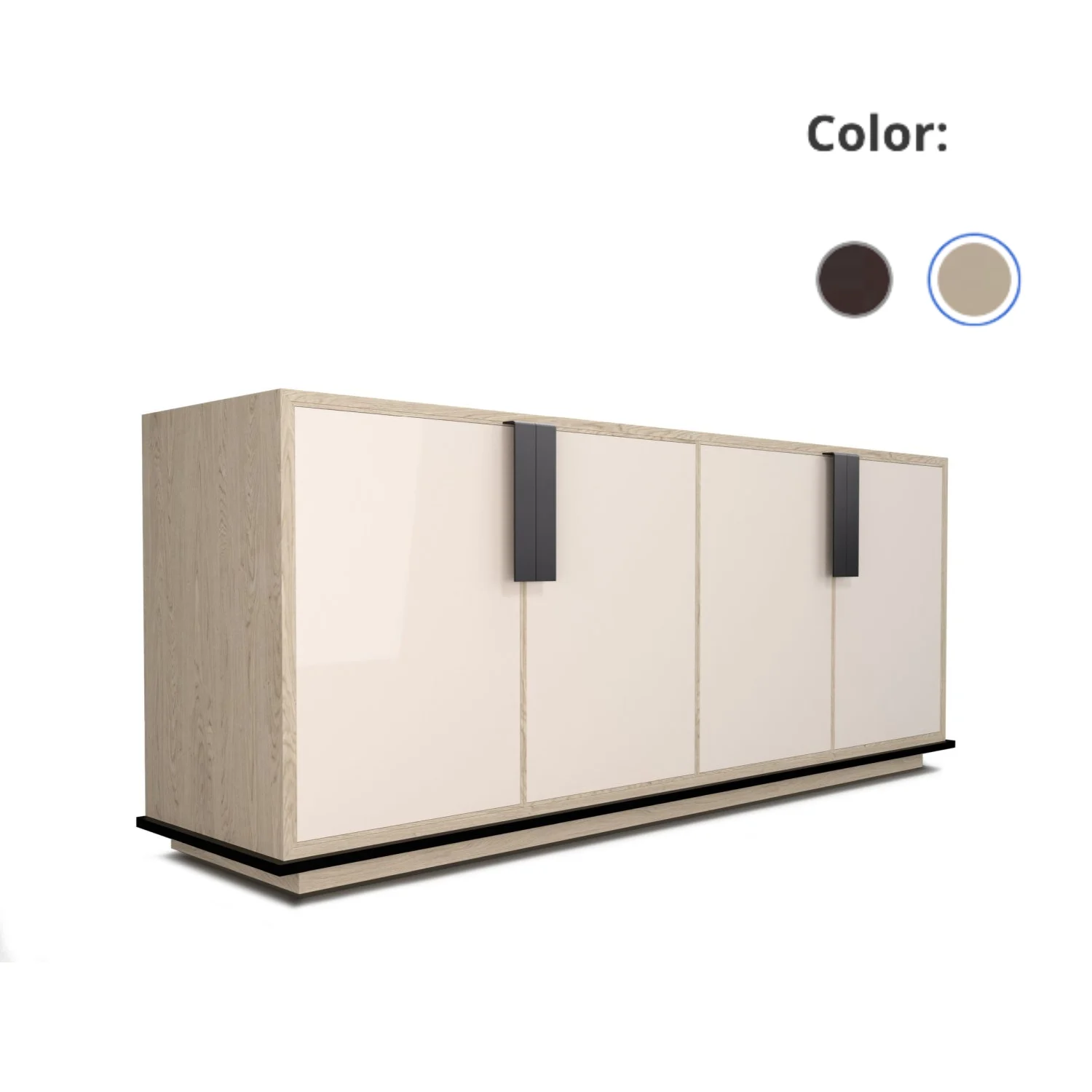How Can Photorealistic Rendering Empower Product Visualization
Unlock the potential of product visualization with photorealistic rendering. Bring your ideas to life with stunning realism and immersive experiences.
.webp)
Have you ever wondered how businesses can show their products in a captivating way? The answer lies in the transformative power of photorealistic rendering.
This cutting-edge technology allows us to achieve incredible results. It reaches a point where the virtual and physical worlds blur together.
This blog post will delve into the realm of photorealistic 3D rendering. Explore how it empowers product visualization for 3D rendering studios, interior designers, and manufacturers.
Join us to uncover the multitude of benefits this innovative technology brings!
Understanding Photorealistic Rendering
What exactly is photorealistic visualization, and how does it differ from traditional non-photorealistic rendering? Photorealistic rendering is a way to make computer images look like real-life photos. Instead of creating images, rendering programs go beyond that by imitating how things look in the real physical world. This includes how light shines on objects, what they are made of, and their textures.
Imagine seeing the clear reflections on shiny metal or the detailed patterns on fabric with great accuracy. The lifelike presentation can recreate every tiny nuance of a product’s appearance in high resolution. This makes the photorealistic visualization experience incredibly engaging.
As a final result, businesses can effectively show their products’ quality and uniqueness, leaving a lasting impression on potential customers.
Furthermore, companies can build trust and confidence by showcasing products most realistically. Reassure buyers that what they see is what they will get.
Benefits of Photorealistic Rendering in Product Visualization
This advanced rendering offers plenty of benefits, particularly in enhancing the overall presentation of products.
Enhanced Product Details and Textures
Photorealistic rendering takes product presentation to a whole new level. This tool brings out the intricacies and textures in a lifelike manner. The photorealistic visualization shows the tiniest stitches on a sofa and the grain patterns on wood with fantastic clarity. Customers can appreciate the product’s properties because of its high level of precision.
Realistic Lighting and Shadows for Depth
Photorealistic rendering techniques go beyond just capturing product details. They also create realistic lighting and shadows. These lighting effects add depth and dimension to the visualization. They are emphasizing the shape, form, and contours of the product. Businesses can make the product look more natural by showing how light and shadow work together.
Improved Customer Perception and Trust
The realistic nature of 3D rendering significantly impacts customer perception and trust. Businesses can create a positive impression by providing appealing and realistic product visualizations. Photorealistic rendering accurately represents the product’s appearance. It builds trust in the brand by removing uncertainty.
Additionally, this advanced technique enables customers to visualize the product in multiple versions in their environments. It helps them make informed purchase decisions.
These benefits ultimately contribute to better marketing, increased sales, and enhanced customer satisfaction.
.webp)
Applications in Various Industries
Photorealistic rendering has changed product presentation in various industries: consumer products, industrial manufacturing, interior design, and more. Let’s explore examples of how this innovative tool has empowered product visualization. Transformed the way businesses showcase their offerings through stunning images.
Case Study: Photorealistic Renders for Autonomous Delivery Vehicles
Our case study explores how concept visualization is used for autonomous delivery vehicles.
The task was to transform DriveMind’s innovative ideas into captivating visuals that spark investor interest.
We used 3Ds Max to create a super accurate 3D model of the concept version. Visual designs made abstract ideas easy to understand and appealing. We displayed how vehicles work, smart navigation, and fit into real-life cities.
The final image was transformative. The pictures helped investors understand the idea and speed up development. Our realistic images greatly pleased the client and improved project results.

Case Study: Custom 3D Photorealistic Renderings for Furniture Brand
In the dynamic landscape of furniture marketing, visual appeal is paramount.
We collaborated with a Dutch furniture brand to enhance its visual presence.
The goal was to turn the digital images of the brand’s designs into appealing 3D pictures displayed in their catalog.
Our team used special 3D modeling methods and a rendering engine to make each piece look real and unique. The custom renderings showcased furniture with intricate details and lifelike textures in high-quality images.
Our photorealistic rendering software significantly impacted client satisfaction and project outcomes. The 3D visualization became a strong sales tool. It attracted more customers and increased overall revenue.
.webp)
Case Study: Garden Office 3D Product Visualization through Photo Realistic Rendering
This case study explores how 3D product visualization helped showcase the Garden Office. It transformed the concept into a real and attractive product.
The client wanted to introduce their Garden Office concept to potential clients in the market. He wanted to emphasize how it looks, how it works, and how well it fits into homes. The challenge was to communicate these aspects to potential customers effectively.
Enter 3D product visualization. 3D artists used advanced rendering techniques to bring the Garden Office to life digitally. The goal was to capture realistic details, like the texture of wood panels and natural light. This created a lifelike representation of the product.
The impact was substantial. Potential customers can now see the Garden Office from different angles and all sides, imagine it in their own yard, and admire its detailed interior design. The immersive experience boosted customer engagement and led to more inquiries and sales.
Garden Office shows how 3D visuals make ideas into real products.
.webp)
The Significance of Product Visualization in Photorealistic Rendering
Visual perception is critical in marketing and product development. Businesses have always known that displaying products in attractive ways is essential. However, with the rise of digital marketing and e-commerce, the importance of product visualization has only increased.
Research has shown that pictures and videos are more interesting than written words. When we use realistic images of furniture, home decor, and vehicles, people are more likely to like them.
Photorealistic renderings of products can make logistics, physical post-production, and setup easier.
Businesses can save time and money in the development and design process by using 3D models. These models create accurate and detailed representations of products without needing physical prototypes. This provides an immersive experience and drives sales.
Conclusion
The importance of photorealistic rendering in product visualization must be considered. Creating attractive photorealistic images is now a key part of promoting products and their development to establish an emotional connection. Businesses that invest in lifelike product presentations can gain significant benefits.
PIXREADY offers high-quality photorealistic rendering services. We use cutting-edge solutions to bring your products to life. Our team of experts has the skills and expertise to exceed your expectations. We can help you with architecture, real estate marketing, product design, fashion, or any industry that requires exceptional visual representations.
Take advantage of the opportunity to showcase your products most captivatingly. Contact us today to discuss how our 3D rendering services can elevate your brand's digital image and drive sales. Together, let’s transform your ideas into stunning visual realities.
.png)
Founded by a group of technology, architecture, and design professionals in 2018, PIXREADY is one of the challengers empowering the 3D visualization industry and making its products and services more affordable.We are determined to assist businesses around the world to create photorealistic images of their products and ideas and enrich the experience of their clients. We focus on the details, with the highest precision in every pixel.
Latest Posts
STAY UPDATED
Get occasional emails with 3D visualization news and insights

%20%D0%BA%D0%BE%D0%BF%D1%96%D1%8F.webp)
